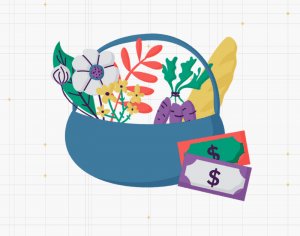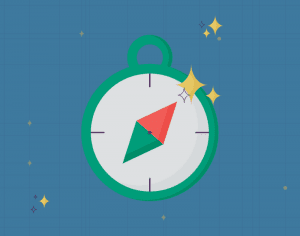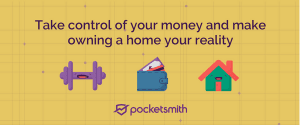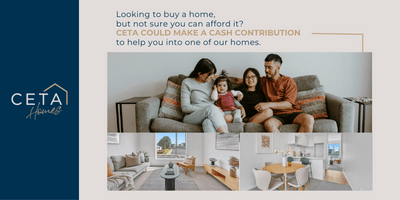Creating a meaningful budget with Olav Nielsen from Pocketsmith
Some practical advice for creating a budget
In the last article, we discussed sorting your transactions into categories. These categories help you understand what you are currently spending on, whether planned or not. The next step is to make deliberate choices about the areas of spending you want to change. This is what I mean by creating a ‘meaningful’ budget.
A meaningful budget will help you understand where your money is going, what you are doing right, and what you can improve on! Focus on your health and wellbeing when thinking about how your money is relevant to your life.
If you are using PocketSmith you can use the Auto-Budget tool to set your default budgets based on your current spending and get straight to the fun part of tweaking your budgets and seeing the downstream effects in your forecast.
Sustainable changes
A sustainable change is one that ultimately improves your life and a meaningful budget is one that helps you get there.
Since the last article, I have managed to save an average of about $80 a week on our family food budget and the quality of our food has improved. I know this because I’ve first tracked our spending on food, and then measured the changes with a budget.
 Within a busy family life, time is usually limited and so it is easy to fall back on using convenience foods. We had come to rely on 1-2 takeaway dinners a week which is expensive and rarely healthy. As a family, we realized that we didn’t especially enjoy the convenience foods we were buying and the kids would often not eat it anyway. I also noticed that it takes longer to order and pick up takeaways than it does to reheat left-overs.
Within a busy family life, time is usually limited and so it is easy to fall back on using convenience foods. We had come to rely on 1-2 takeaway dinners a week which is expensive and rarely healthy. As a family, we realized that we didn’t especially enjoy the convenience foods we were buying and the kids would often not eat it anyway. I also noticed that it takes longer to order and pick up takeaways than it does to reheat left-overs.
Solution! We reviewed our weekly grocery shop and made sure that twice a week we cook a double portion so that we always have a few quick-to-heat meals in the freezer. That way, we can still have a home cooked meal when we are home late, cheaper, quicker, healthier. Win-win.
This is an example of a budget that is meaningful to us. We focused on what we were getting for our money and made a choice that made both our wallets and tummies happy. This is a key to maintaining sustainable change.
Solution focus
If you’ve measured your total spend against your income, you’ll have an idea as to what your monthly surplus or deficit is; that is, if you’re earning more than you’re spending. Now, you can figure out where you can make a difference.
Based on my example above, have a think about the changes you can make to your spending categories, and how you can achieve this. Try changing some of your budgets in a meaningful way, and see how the savings add up over several months!
If you are using PocketSmith it will automatically re-calculate your forecasts as you change your budgets. You may find the most success with small incremental changes as they are easier to achieve and sustain. Over time, small changes really do add up.
Practice and monitor
Making changes can be a challenge, so treat it as if you’re starting a new fitness program. Don’t start with long distance running, but do what you can, and then extend a little bit. Gentle persistence can change long-held habits and attitudes. If it doesn’t work today, be kind to yourself and then try again. You’ll get there!
You can track your budgets and their changes in a notebook, in a spreadsheet or if you’re like me, with PocketSmith. PocketSmith also has a mobile companion app that lets me keep up to date with my budgets when I’m out and about.
Remember that budgeting doesn’t signal the end of your good times. It is simply establishing some parameters within which you can achieve your goals. Before long, you’ll find that seeing a tangible path to your goals will be worth it!
First Home Buyer’s Club Member Offer














Dustin Lindale October 8, 2018 Blog, Tips for First Home Buyers